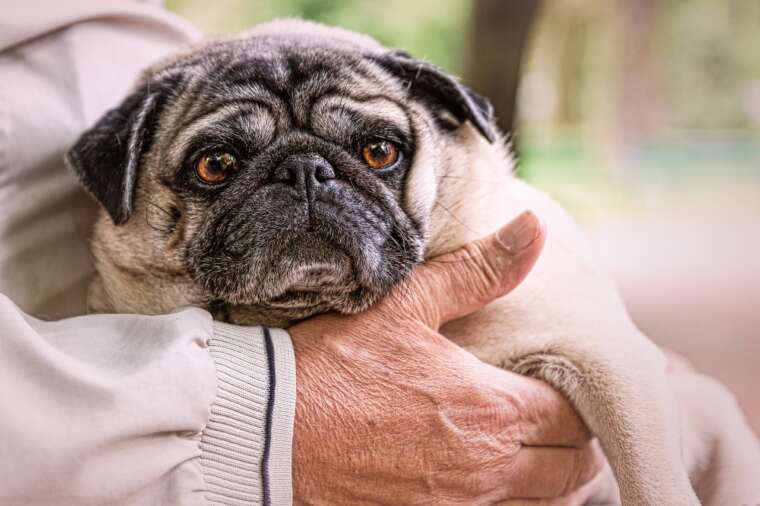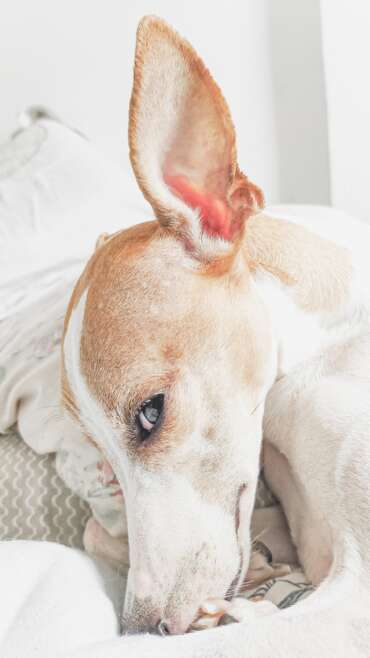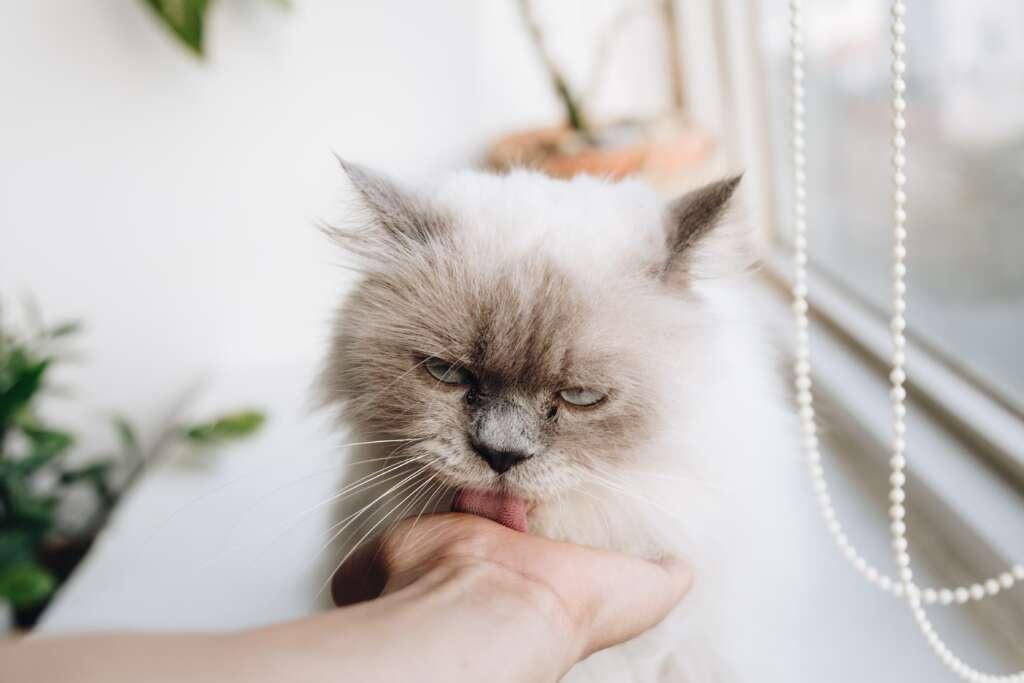
When people adopt a new puppy, teaching her to do her business outside and not in the home is a big priority. And we call it “Puppy Training” but it should really be called “Owner Training” because a new owner has so much to learn. Here is a step by step guide that may make this process easier.
First of all, you need to get a crate for your new pup and it should not be too large. The puppy should be in it when you are not around, so when you are sleeping, or when you go out. She will be reluctant to soil her crate/bedroom, especially if it is adequately small. This is the first step of teaching her to control bladder and bowels.
The second step, starting from first thing in the morning until the last minute before bedtime, is for you to take her out on a leash, every hour. And you must wait outside with her until she ‘goes’, so you can praise her profusely. This is time-consuming and quite boring. You have to watch her like a hawk because her time peeing at this stage may only take 3 seconds. If you are checking your phone and miss that important 3 second event, you will have missed a chance to praise her, and you will be stuck outside for much longer. Not only is this stage time consuming and boring, but it also can be quite embarrassing when your neighbours hear your effusive praise. But this is a crucial part of puppy training. She has no clue that going inside is a no-no and going outside is the right way to do it. The only way she will figure it out is through praise from you. And for some puppies, you may have to use treats as well. Puppies want to please their owners, so she will slowly learn that it makes you really happy when she does something outside.
The next part is really owner training. You must become very astute at reading her subtle signals that she may have to go. Maybe she looks at the door, maybe she sniffs the floor, maybe she starts to turn in a circle. You will become an expert in watching for those special signs so you can swoop her outside to prevent an accident. If you are having accidents in the house frequently, it means you are not watching her cues closely enough and you are not taking her outside often enough. Often owners must keep a leash on their puppy at this stage to keep her close to them all the time in the home.
What to do about mistakes? You should not punish her when you come across an accident. If you catch her in the act, pick her up immediately and take her outside. But no punishment. Then clean the spot thoroughly where she went with a good quality cleaner/deodorizer. You do not want her sniffing there in a few days and thinking this is a good spot to go because she can smell she went there before.
If you adopt an adult dog who is not well house trained, all these steps can be used to teach her to go outside. With lots of patience, love, praise, and more patience, every puppy can be trained to go outside and not in your home.



